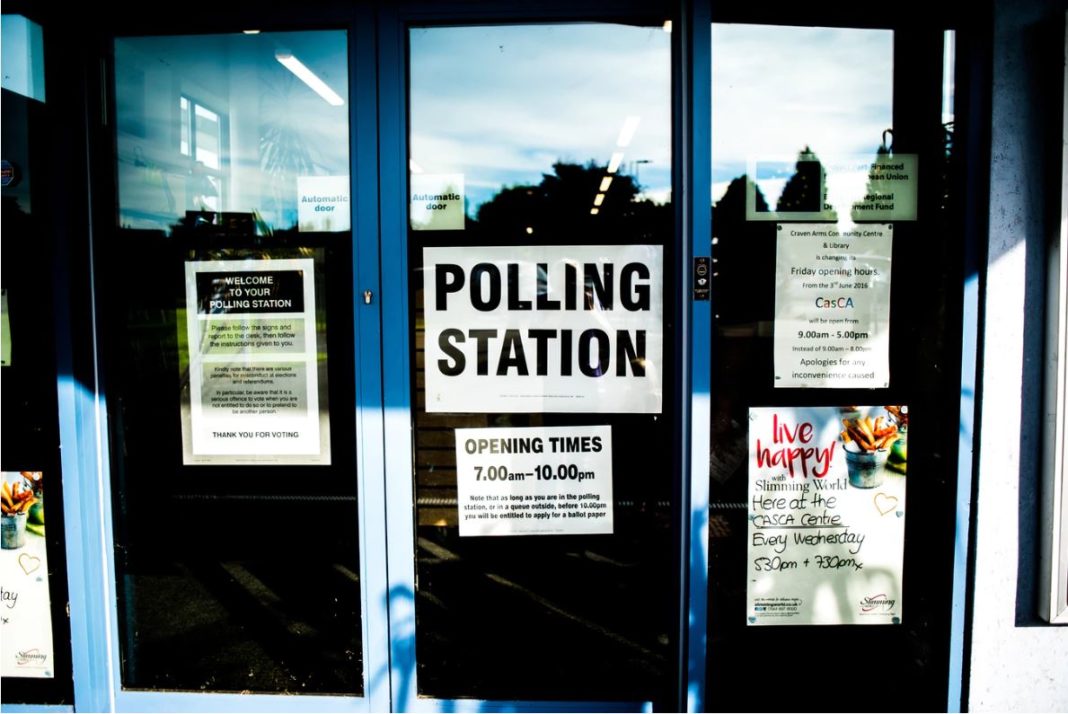Sustainable Thanksgiving is the new baseline Thanksgiving, at least it should be. However, as families across the nation take out the butter and loosen their belts for the national holiday of stuffing and indulgence.
Unfortunately, what often accompanies the anxiety and the ambition of the holiday is a surplus of wastefulness. Before you prepare for the Thanksgiving ahead of you, these are a few easy tips to make your Thanksgiving a little more eco-friendly:
1. If you can, take a direct flight
Traveling over Thanksgiving can be stressful, especially if you are flying. Reports from the past 10 years have shown a steady increase in the total number of travelers, with the total number of travelers this year predicted to be 55.3 million. According to a 2010 NASA report, about 25 percent of all airplane emissions come from taking off and landing. Consider whether it is worth spending extra to take a direct flight.
2. Incorporate recipes with overlapping ingredients
Find recipes that complement each other in their ingredients, ensuring that your food doesn’t go to waste and your grocery list is minimal. Think cranberry in stuffing, or sourdough incorporated into your mac n’ cheese.
3. Include more vegetables on your table
Cutting down the amount of meat products at your table and adding more plant-based alternatives will make your sustainable Thanksgiving table more environmentally conscious. Animal products require more energy, land, and water than plant alternatives. And if you decide to serve turkey as your centerpiece, making small adjustments can have a significant impact. Consider substituting animal stock with vegetable stock and butter for olive oil.
4. Limit visits to the grocery store
Last-minute grocery shopping trips for Thanksgiving is a tradition. Jockeying in line with only a bundle of sage or a carton of cream that you forgot to include in your last grocery trip is far from an uncommon occurrence. However, the mileage of driving to and from the grocery store adds up. Creating a detailed grocery list before shopping is an easy way to reduce the number of times you drive to and from the store.
5. Buy local
By buying local and seasonal, you not only support local farmers, but you also avoid the mileage and the emissions of imported foods. This means fewer pollutants, less packaging, and generally fresher food.
6. Reusable, not disposable
Resist the temptation for easy cleanup and cutely themed Thanksgiving cutlery. Using disposable plates, napkins and silverware generates a lot of non-recyclable waste that can easily be avoided by using reusable dishware and having your guests help load the dishwasher. As for leftovers, ask guests to bring their own reusable food containers.
7. Utilize leftovers
Inevitably, when the plates are cleared and the guests have left, you will be staring down bunches of celery, unused cans, and the squash that served as a centerpiece. Consider finding recipes that incorporate any leftover foods, and for unused non-perishables, consider donating them to a local food bank.
In the end, whether the feast is fantastic or mediocre, sustainable Thanksgiving is a holiday defined by the act of coming together and expressing thanks for things outside of ourselves. So be sure to give thanks for whom you love, what you have, and what this world has offered you and for the opportunity to do better by all.






